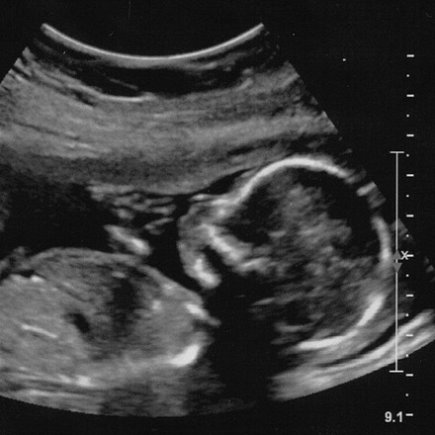
Prenatal DNA testing advances
Two recent breakthroughs by Great Ormond Street Hospital and University College London will make it significantly easier for an unborn baby’s DNA to be tested by sampling the mother’s blood.
It’s long been shown that testing an unborn baby’s DNA – also known as ‘prenatal DNA testing’ – is beneficial. Screening for congenital disorders is one of the most obvious benefits, with gender and paternity testing also being valuable to the right parent. In addition, new tests will soon show an unborn baby’s genetic intolerance to various medications, easing our ability to deal with difficult pregnancies.
Unfortunately, there have been a few major problems with trying to take an unborn baby’s DNA sample. The first is that looking for the baby’s DNA in the mother’s blood – known as non-invasive testing – has been difficult, the second is that trying to test the baby’s DNA directly – known as invasive testing – has a 1-2% chance of triggering spontaneous miscarriage.
In terms of the first problem, sampling a baby’s DNA in the mother’s blood has been difficult as it exists in a fragmented state and there’s so little of it. Helen E. White and her team at University College London Hospitals have found a way to better differentiate between the mother and baby’s DNA, making it significantly easier to find a sample for testing.
This is no mean feat given that pregnant mothers actually share their baby’s DNA. When a woman is pregnant, fragments of her baby’s DNA passes from the placenta into her own bloodstream. In fact, the baby’s ‘cell-free’ DNA can make up to 10% of the cell-free DNA in the mother’s blood. It’s detectable just four weeks into pregnancy and becomes increasingly detectable until birth. Then, just two hours after the birth, the baby’s DNA is removed from the mother’s blood, sometimes being absorbed into other parts of the mother’s body.
In terms of the second problem, Angela N. Barrett and her team have identified a significantly improved method for collecting, storing and extracting foetal DNA. Combine these two breakthroughs and we see a marked advancement in our ability to run prenatal DNA testing.
Whilst these breakthroughs are arguably beneficial in the western world, there are risks when applied elsewhere. In countries such as China and India where families prefer to have sons for cultural reasons, being able to find out the sex of their child using prenatal DNA testing could mean heightened abortion rates. Perhaps our advancement in all areas of genetic testing should be checked by the cultures it potentially impacts.
